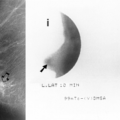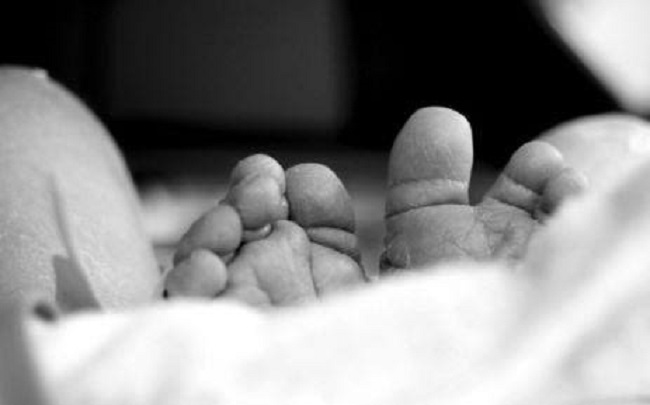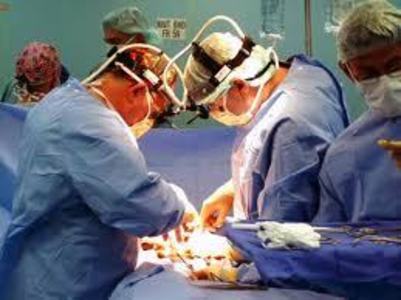Over 70,000 young adults (YA) receive a world-altering diagnosis of cancer each year. I have. To put this into clearer perspective, that is one person, 15-39 years of age, diagnosed with the deadly disease, every 8 minutes.
I am one of them.
It is estimated that two out of three YA cancer patients will experience at least one major health complication as a result of their condition or life-saving treatment.
I am one of them.
Approximately, 1 out of 3 of them also undergoes further potentially-fatal complications due to their illness or therapy.
I am one of them.
They face a unique set of challenges (different from those of their younger child, and older adult, counterparts), ranging from increased risks for psychological and social issues, to distinct physical and financial concerns. I have. This is my 8 minutes, and how I became a statistic not just once, but twice. This is my cancer story.
Stage 3 Colon Cancer
I became a statistic when I was diagnosed with advanced, stage-3, colon cancer, in my twenties. I should have been out enjoying the warm, sunny spring day with friends, but, instead, I was at a doctor’s visit, getting nearly the worst medical test results possible. I should’ve been thinking about how to spend summer break, and looking forward to the season ahead, but, instead, I was feeling small, cold, and alone while stuck in an exam room. I should have been anticipating my future, and planning for the next phase of my life, but, instead, I was frozen in time and place at the office check-out window…trying to figure out how to tell everyone the bad news.
Cancer and Infertility
I quickly became infertile from medically-induced early menopause as a result of radiation treatment, and underwent brain fog from chemotherapy, back then. I am now undergoing recurrence of my primary tumor in my thirties, owing in no small part to being denied access to continued healthcare and regular follow-ups (after my original therapy), due to a preexisting condition (read my story of trying to get a diagnosis and treatment without insurance). And, I currently expect to live with the disease and its side-effects as a chronic illness for the rest of my life, however long or short my time may ultimately turn out to be. This means living with fatigue, low hemoglobin, iron-deficiency anemia, and sexual dysfunction, among other problems. It also puts me at increased risk for infection, digestive trouble, bone and joint pain, surgery for colostomy bag or hysterectomy, cancerous spread to lymph nodes, and secondary malignancies of the lungs, GI tract, or female organs, plus other worries.
Cancer and Long Term Health
The long-term and permanent damage done to my immune and endocrine system has proved to hold further consequences for me, as well. I am still tens of thousands of dollars in debt from my original prognosis, and debts have only continued to mount, since I first began to show symptoms of my cancer returning (which took an unnecessarily long time to confirm because of the healthcare bureaucracy of the time). It is a true challenge, trying to return to the workforce ~ not only because of my health status, but also because of my bi-weekly medical schedules; 3 – 5 days of labs, treatments, shots, other doctor appointments, and recovery periods in-between, every other week. Likewise, it is very difficult to remain positive and hopeful, when you’re often depressed and anxiety-ridden about how to pay for rent, bills, and groceries, on extremely limited resources. It’s equally tough to relax and try to relieve stress by enjoying even a short time out (although it may well be what you actually need the most), when you feel guilty about the extra expense. You may already be leaving your loved ones with financial burdens that they won’t necessarily know how to handle any better, especially without you, after all. And, it’s NEVER ever easy to be judged harshly by those who don’t understand the regular, ongoing pain, fear, loss, and uncertainty, which you go through and deal with on a daily basis. That was my 8 minutes, and how I became a statistic not just once, but twice ~ and, this is why hormones and hormones research matter to me.

































